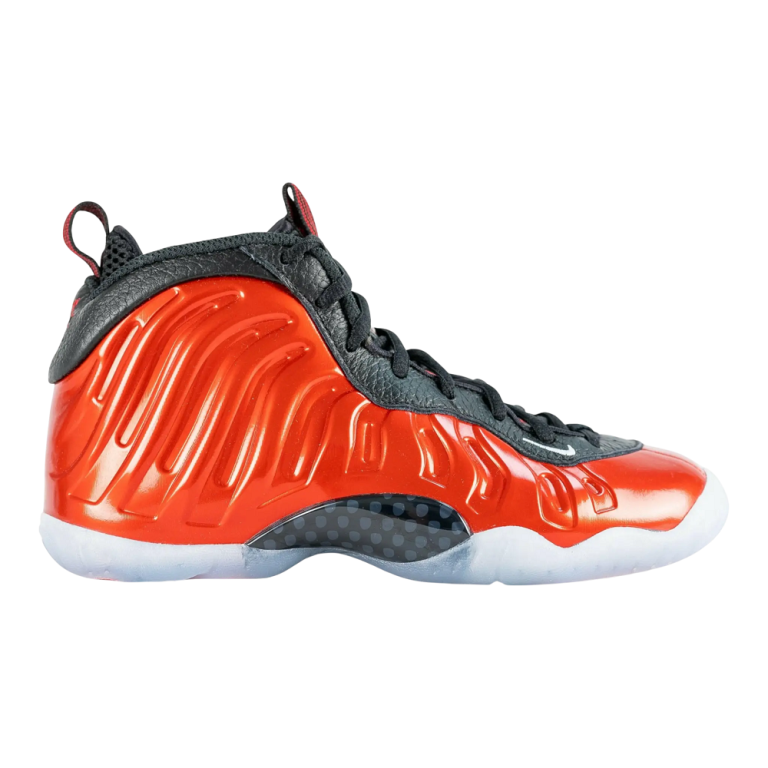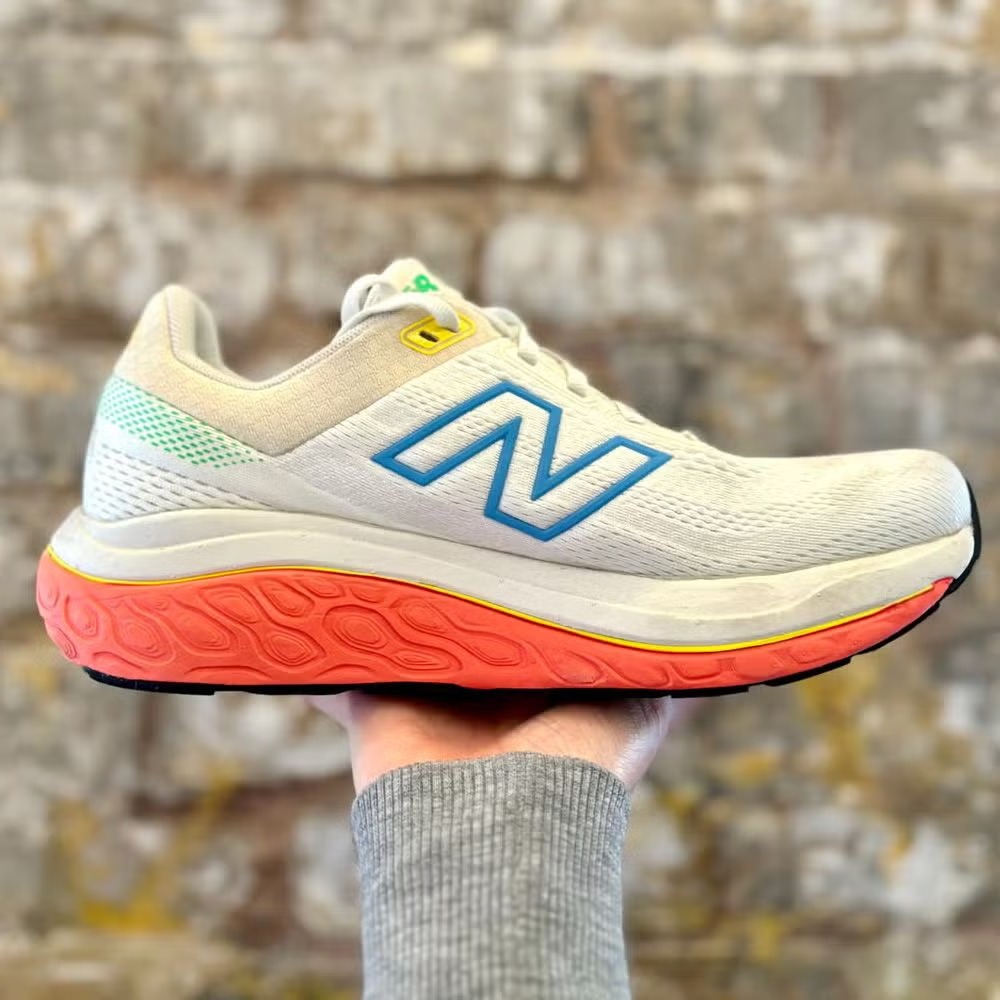
Running Shoes for Pronation: Tips for Selecting Your Perfect Fit
What is Pronation?
Pronation refers to the natural movement of your foot as it hits the ground. It determines how your weight is distributed across your foot while walking or running. Understanding pronation is crucial for selecting the right running shoes for pronation.
Types of Pronation: Overpronation, Neutral Pronation, and Supination
- Overpronation: This occurs when your foot rolls inward excessively after landing. It often leads to uneven wear on the inner side of your shoes. People with flat feet are more likely to overpronate. Overpronation can increase the risk of injuries like shin splints and plantar fasciitis.
- Neutral Pronation: Neutral pronation describes the ideal foot motion during movement. The foot lands evenly, and weight is distributed efficiently. This type minimizes stress on joints and muscles.
- Supination: Supination happens when the foot rolls outward after landing. It usually results in uneven wear on the shoe’s outer edge. People with high arches are more prone to supination. Supination can lead to strains and injuries due to poor shock absorption.
Recognizing your pronation type is the first step when choosing the best running shoes for pronation. Running shoes with specific features can help support your feet and improve comfort, performance, and injury prevention.
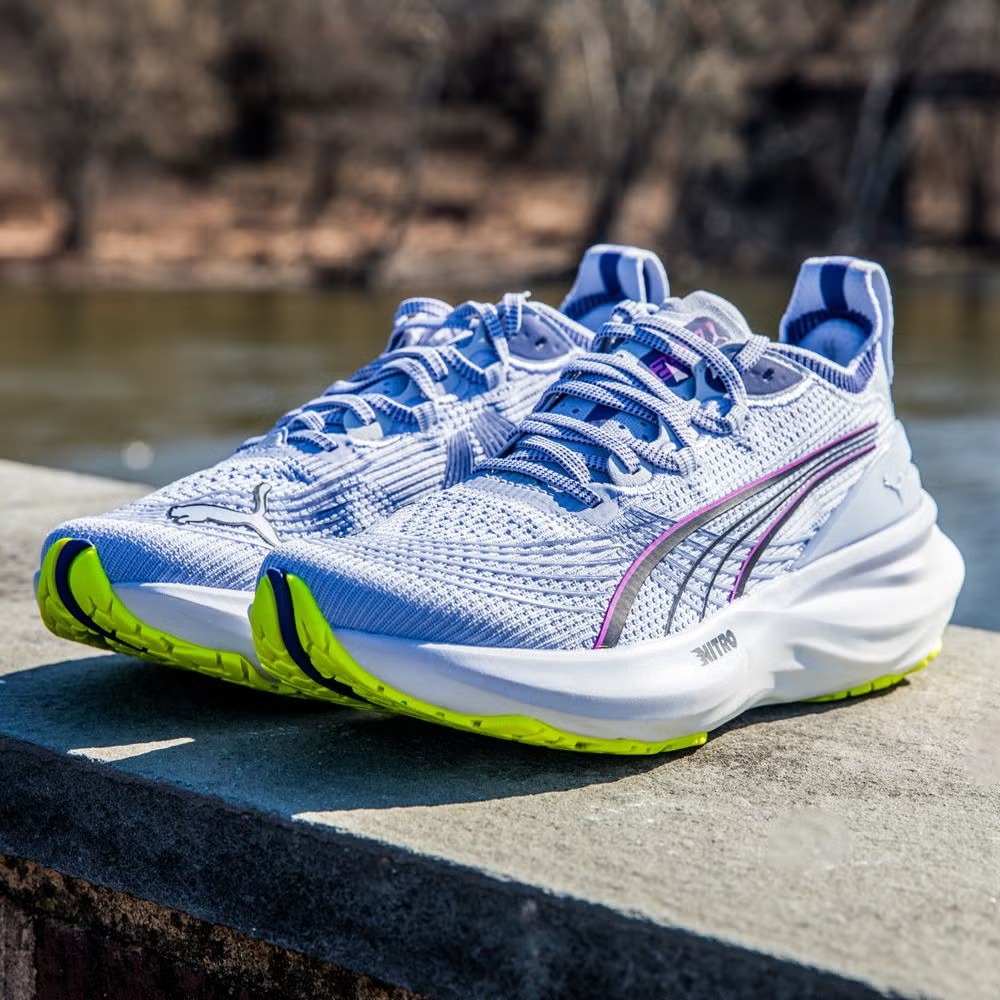
Why Choosing the Right Running Shoes Matters
Selecting the right running shoes for pronation is essential for your overall foot health and performance. Properly designed shoes accommodate your pronation type, improving comfort and minimizing injury risks.
Impact of Incorrect Shoes on Performance and Injuries
Wearing the wrong running shoes can negatively affect your performance and lead to discomfort. Incorrect shoes fail to support your unique pronation type, placing stress on your feet and legs.
- Reduced Performance: Without adequate support, your running efficiency decreases, leading to slower times and fatigue.
- Higher Risk of Injuries: Wrong shoes can cause various issues, including shin splints, knee pain, and plantar fasciitis. Overpronators may face joint pain, while supinators are prone to stress fractures due to poor shock absorption.
- Misalignment: Improper footwear may cause biomechanical imbalances, affecting posture and walking or running patterns.
Opting for the correct running shoes tailored to your pronation type ensures efficient weight distribution, improved shock absorption, and optimized running mechanics. Choosing the right pair is not just a preference but a critical step toward staying healthy and active.
Key Features to Look for in Running Shoes for Pronation
Choosing the right running shoes for pronation involves understanding specific features. These features ensure comfort, improve support, and reduce the risk of injuries. Below are the essential aspects to consider:
Cushioning and Stability
- Cushioning: Proper cushioning is crucial for shock absorption during running. It minimizes the impact on your joints and muscles. For overpronators, extra cushioning on the inner side supports their gait.
- Stability: Stability shoes are designed to counter overpronation. They include a firmer midsole and structured support to control excessive inward rolling of the foot. Neutral pronators often prefer moderate cushioning with balanced stability. Conversely, supinators benefit from shoes with softer cushioning to compensate for poor shock absorption.
Arch Support
- Each pronation type requires specific arch support. Overpronators with flat feet need motion-control shoes providing firm arch support to prevent inward rolling.
- If you have neutral pronation, select shoes with standard arch support for maintaining natural alignment and comfortable transitions.
- Supinators, with high arches, often require flexible shoes with added arch cushioning for better weight distribution and comfort.
Heel-to-Toe Drop
- The heel-to-toe drop refers to the height difference between the heel and the forefoot. It affects your footstrike and running form.
- Overpronators usually benefit from a lower heel-to-toe drop for better stability and reduced strain.
- In contrast, neutral pronators and supinators may prefer a higher drop that promotes a smooth forward motion while running.
By focusing on cushioning, stability, arch support, and heel-to-toe drop, you can ensure your running shoes perfectly match your pronation type. These features will enhance comfort, prevent injuries, and support your running performance effectively.
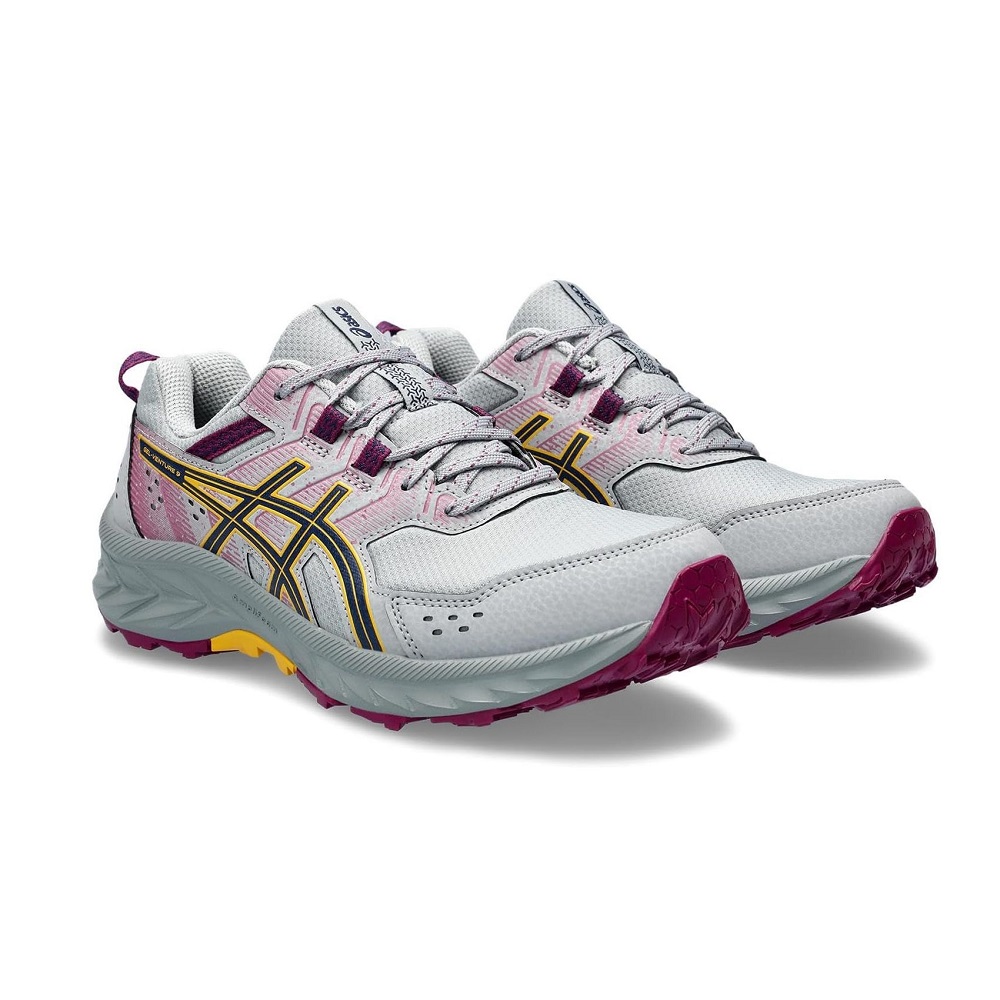
Best Running Shoe Brands for Pronation Support
Choosing the right running shoe brand is crucial to address pronation effectively. Certain brands specialize in creating footwear tailored for overpronation, neutral pronation, and supination.
Popular Brands Known for Pronation-Friendly Designs
- Brooks: Brooks running shoes are highly regarded for their advanced support and cushioning. They offer excellent stability models for overpronators, like the Brooks Adrenaline GTS. Neutral pronators and supinators also benefit from their versatile options.
- ASICS: ASICS excels in designing shoes for various pronation types. Their Gel-Kayano series is a top choice for overpronators, providing premium cushioning and motion control. Supinators can consider models like the ASICS Gel-Nimbus for optimal comfort.
- Saucony: Saucony shoes focus on balancing comfort and support. The Saucony Guide series is designed for those with overpronation, offering stability in every stride. Their Triumph line suits neutral pronators seeking responsive cushioning.
- New Balance: New Balance stands out for its wide range of options catering to different arch types. Its 860 series caters to overpronators with extra stability. For neutral runners, the Fresh Foam models provide a lightweight yet cushioned feel.
- HOKA ONE ONE: Known for maximal cushioning, HOKA ONE ONE shoes are ideal for shock absorption and support. Overpronators can try the Arahi series, while the Clifton models work well for neutral pronation or supination.
- Nike: Nike combines style, comfort, and functionality. The Nike React Infinity Run supports overpronation by reducing excessive inward rolling. Neutral pronators enjoy the Pegasus line’s all-around performance.
- Mizuno: Mizuno offers wave technology for enhanced stability and shock absorption. The Wave Inspire caters to overpronators, while the Wave Rider models provide neutral runners with a smooth experience.
Each brand has distinct features to address specific pronation needs. Consider your pronation type and preferences when selecting your ideal running shoe brand. Focus on support, comfort, and durability to enhance your performance and prevent injuries.
Tips for Fitting and Testing Running Shoes
Choosing the right fit and testing running shoes before buying is essential. Proper fitting ensures comfort and prevents injuries. Testing shoes helps verify their suitability for your pronation type and running style.
How to Properly Fit Running Shoes
- Measure Your Feet Regularly: Feet size can change over time. Always measure both feet for width and length.
- Wear Running Socks: Use the socks you normally wear while running to ensure accurate sizing.
- Check Toe Room: Your toes should have enough space to move, about a thumb’s width from the tip.
- Focus on Heel Fit: The heel should feel snug without slipping or causing discomfort.
- Consider Foot Width: Ensure the shoe matches your foot width. Tight shoes can cause pain, while loose ones may lack support.
- Time Matters: Shop for running shoes in the afternoon because feet swell slightly during the day.
Ways to Test Shoes Before Purchase
- Walk and Run in the Store: Take a few minutes to test walking and running inside the store.
- Check Flexibility: Bend the shoe to assess its flexibility at the forefoot.
- Evaluate Arch Support: Make sure the shoe provides proper arch support for your pronation type.
- Inspect Cushioning: Press the midsole to feel if the cushioning meets your needs.
- Simulate Your Running Terrain: Run on surfaces similar to those you use to check comfort and performance.
- Assess Stability Features: For overpronators, ensure the shoe limits excessive inward rolling.
Getting the perfect fit and testing helps avoid discomfort and enhances your running experience. Always prioritize support, comfort, and injury prevention when evaluating running shoes for pronation.

Expert Recommendations and Reviews
Selecting suitable running shoes tailored to your pronation type enhances comfort and avoids injury. Expert reviews and recommendations can help narrow down the best options to match specific needs effectively.
Top Picks for Overpronators
Overpronators need shoes that provide extra support and control to prevent injuries. Experts suggest the following:
- Brooks Adrenaline GTS: This shoe offers advanced stability and cushioning to limit inward rolling during movement.
- ASICS Gel-Kayano: Known for its high-quality motion control, it supports overpronators and improves overall performance.
- Saucony Guide: This model combines proper stability and comfort, helping to align the foot during runs.
- New Balance 860: It provides solid arch support and enhanced stability for overpronators with flat feet.
- Nike React Infinity Run: Designed to minimize injuries by reducing excessive inward foot motion.
Best Options for Neutral Pronators
Neutral pronators benefit from shoes that balance cushioning and weight distribution. Consider these expert-recommended picks:
- Brooks Ghost: Offers smooth transitions and cushioning, ideal for runners with neutral pronation.
- ASICS Gel-Cumulus: Provides excellent shock absorption and maintains natural foot motion.
- Saucony Triumph: Focuses on plush cushioning for long runs without compromising support.
- HOKA ONE ONE Clifton: Famous for its lightweight design and ample cushioning, ensuring comfort during runs.
- Nike Air Zoom Pegasus: Combines responsive cushioning and durability for versatile performance.
Choosing running shoes based on pronation ensures proper alignment, prevents pain, and optimizes running efficiency. Relying on expert reviews will help you make an informed decision and improve your overall running experience.
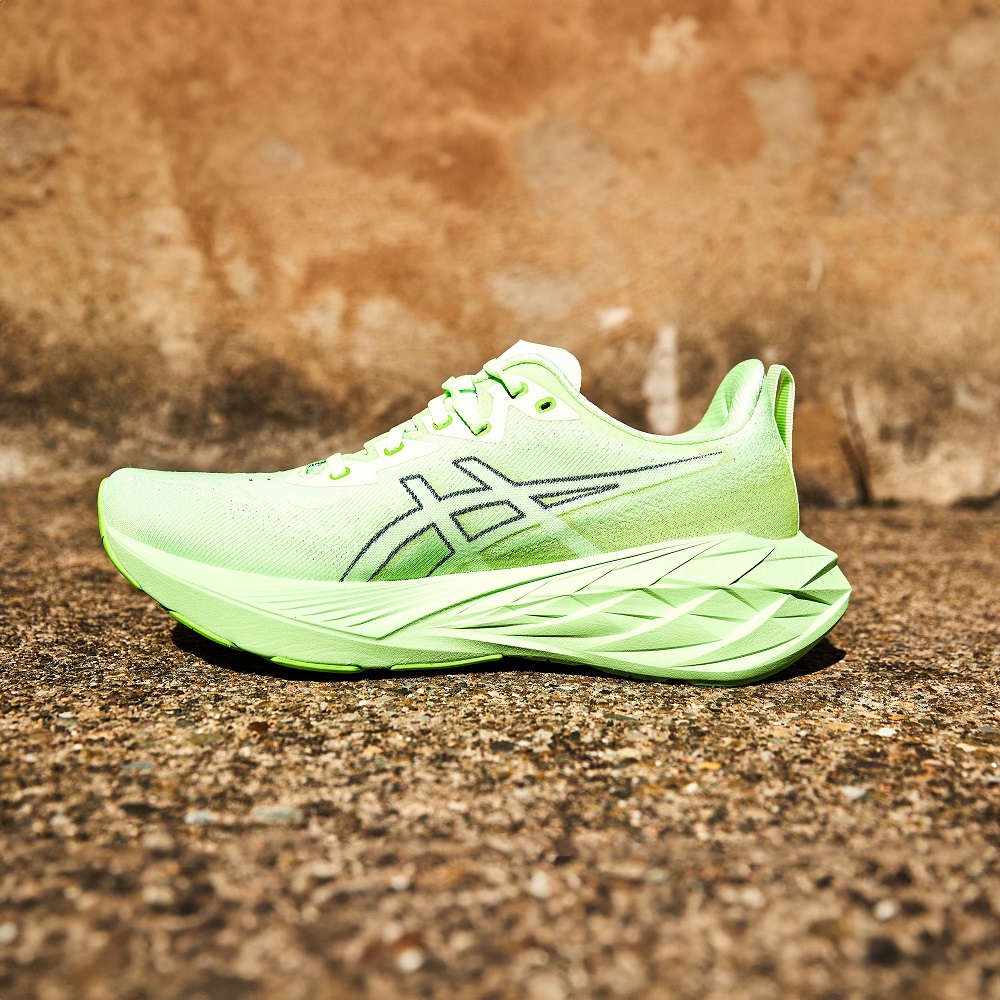
How to Maintain and Replace Running Shoes
Proper care and timely replacement of running shoes are crucial for optimal performance and injury prevention. Regular maintenance helps prolong their life, while recognizing wear signs ensures you avoid compromised cushioning and support.
Signs It’s Time to Replace Your Running Shoes
- Visible Wear: Check the soles for flat spots or uneven tread patterns. Excessive wear shows the shoes have lost grip and stability.
- Decreased Cushioning: If the midsole feels less supportive or compressed, it’s time to replace the shoes.
- Pain or Discomfort: New pain or fatigue during runs may indicate insufficient shock absorption or support.
- Mileage Limit: Most running shoes last between 300 to 500 miles. Keep track of your mileage.
- Uneven Fit: If the shoes feel loose, stretched, or shape has changed, they’re worn out.
- Outer Material Damage: Torn uppers or damaged stitching can lead to poor performance and discomfort.
Recognizing these signs quickly allows you to replace your shoes and continue running safely and efficiently.

Tips for Extending Shoe Life
- Rotate Shoes: Alternate between pairs to reduce wear and match activity type with appropriate shoes.
- Store Properly: Keep shoes in a cool, dry place away from direct sunlight.
- Clean After Use: Remove dirt with a damp cloth and avoid machine washing to prevent damage.
- Wear for Running Only: Limit shoe use to running; avoid wearing them casually to reduce unnecessary wear.
- Dry Shoes Carefully: If shoes get wet, air-dry them instead of using direct heat sources.
- Use Insoles: Replaceable insoles absorb impact effectively and keep the shoes fresh longer.
Maintaining your running shoes ensures their durability and supports your health and performance. Regularly inspect your shoes and follow these tips to avoid excessive wear or injuries.
Building a Supportive Running Community
Connecting with Fellow Enthusiasts
One of the best aspects of running is the sense of community it fosters. Connecting with fellow enthusiasts can provide invaluable support and encouragement. Local clubs often organize running groups, creating opportunities to meet people who share your passion. Engaging with a community can keep you motivated during challenging times and enhance your overall enjoyment of the sport.
Group Training Sessions
Participating in group training sessions allows for shared experiences, learning from others, and strengthening camaraderie. Many running clubs offer structured training plans for individuals at various levels. These sessions often include speed work, long runs, and recovery days under the guidance of experienced runners or coaches. Group training not only improves performance but also builds friendships and creates a sense of belonging, enriching your running journey.
Celebrating Success Together
Celebrating milestones and achievements together can create lasting memories within the running community. Whether it’s completing a race, achieving a personal best, or simply enjoying a well-deserved post-run snack, sharing these moments fosters connections among runners. Taking pride in each other’s accomplishments adds to the overall enjoyment, creating a supportive network for continuing personal growth in the sport of running.

Conclusion: Embrace Your Running Journey
In conclusion, selecting the right running shoes for pronation type is essential for an enjoyable and successful running journey. Prioritizing comfort, performance, and proper fit can significantly impact your overall experience, as well as your health and safety. Engaging with experts at running stores, understanding the technology behind different shoes, and making sustainable choices will elevate your running game.
Invest in Your Well-Being
Taking the time to invest in quality running shoes for pronation ensures that you invest in your well-being. A good pair of running shoes will not only protect you from injuries but also enhance your overall performance. By being proactive in care and maintenance, you can look forward to every run as an opportunity to improve your skills and enjoy the outdoors.
Stay Connected with Your Community
Building connections with fellow runners allows for a more enriching experience. Whether through local running clubs or online forums, engaging with other enthusiasts provides motivation and support. The sense of community in running fosters lifelong friendships and makes the journey that much more enjoyable and rewarding.
Enjoy Every Step
Remember, running is not just about the destination—it’s about the journey. By selecting the right footwear and investing time in your growth as a runner, you can truly embrace every step along the way. Celebrate your progress, and enjoy the experiences that come with each mile. With the right mindset and equipment, your running journey can lead to adventures you never imagined possible.
